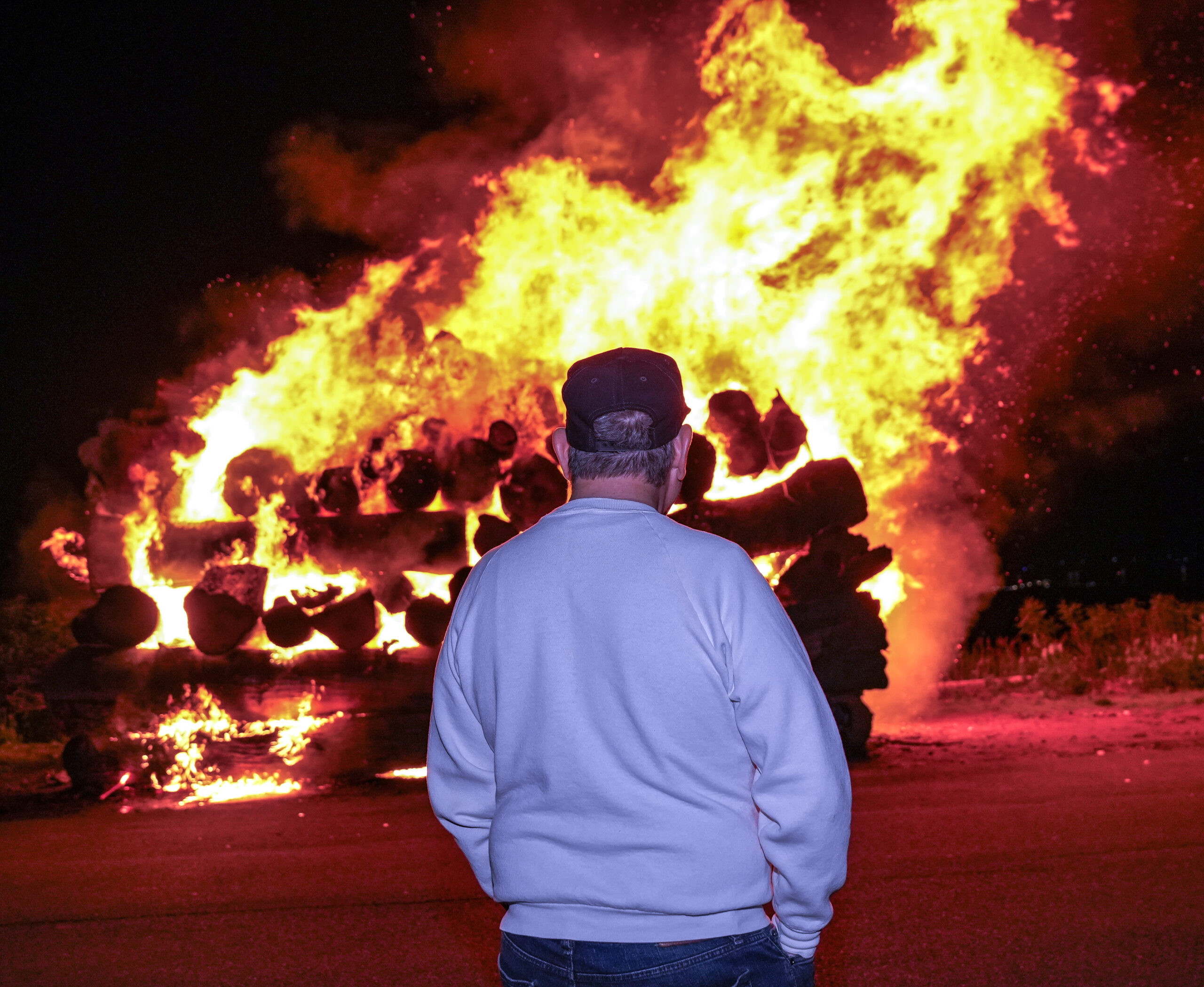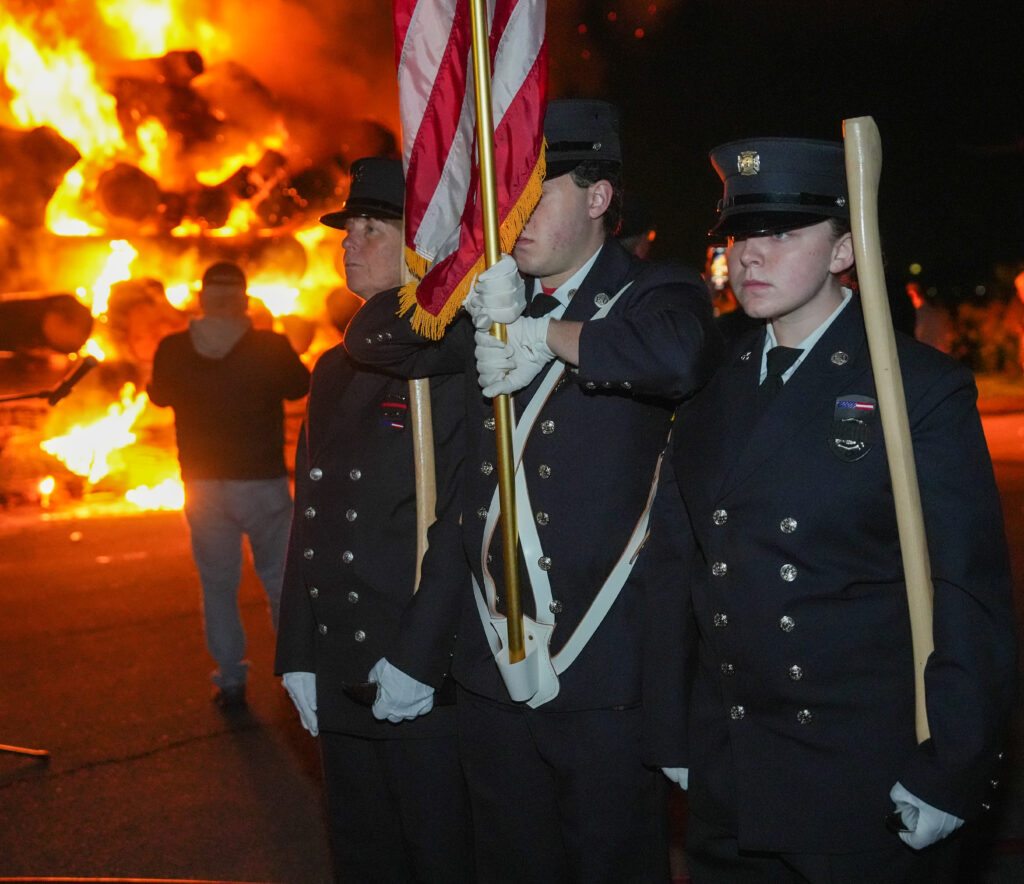ROCKLAND COUNTY, NY – In a solemn and moving Memorial Day tradition, Rockland County Vietnam veterans gathered once again at the Piermont Pier to light the annual Watchfires, a powerful tribute to those who gave their lives in service to our country.
Organized by the Vietnam Veterans of America Chapter 333, the Rockland County Watchfires are part of a long-standing ritual that symbolizes the beacons once used to guide soldiers home. The fires are ignited at midnight and burn for 24 hours, serving as a stark and heartfelt reminder of the sacrifices made by those who served — especially the more than 58,000 American service members who died during the Vietnam War.
VIDEO
Hundreds of veterans, local residents, and elected officials turned out to witness the solemn lighting ceremony in Piermont, one of several locations across the county to host a watchfire, including Bowline Point Park in Haverstraw, and Clausland Mountain in Orangeburg.

The event also provides an opportunity for younger generations to learn about the sacrifices of veterans and to express gratitude for their service. The participation of community members and local officials underscores the county’s commitment to preserving the legacy of its veterans and ensuring their stories are never forgotten.
The Rockland County Watchfires continue to be one of the most visually striking and emotionally resonant Memorial Day events in the Hudson Valley, drawing visitors from across New York and neighboring states.

 Police/Fire/EMS6 days ago
Police/Fire/EMS6 days ago
 Community6 days ago
Community6 days ago
 Politics6 days ago
Politics6 days ago
 Government6 days ago
Government6 days ago
















